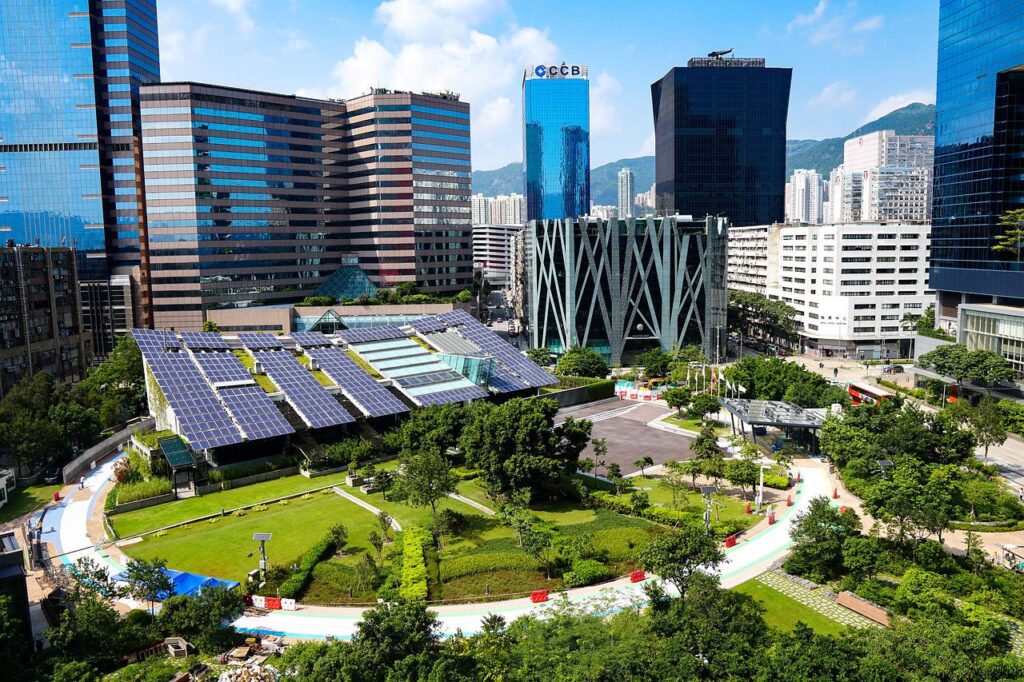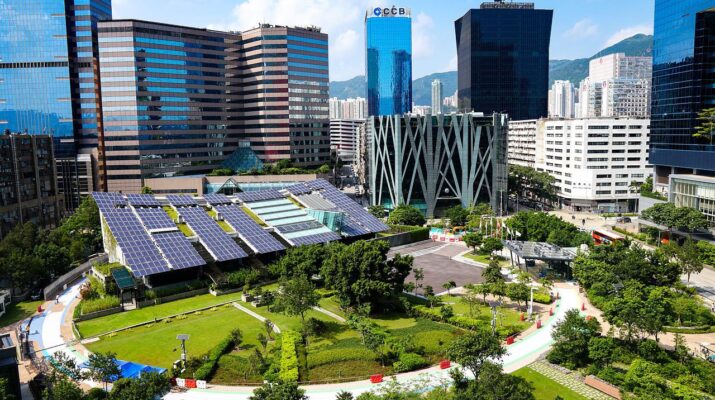Sustainability planning is a way of managing limited resources today, for the benefit of others in the future. Sustainability planning aims to balance the financial, environmental and social goals. So why is it important, what is included in a sustainability plan, and who needs to be completing them?
Introduction to Sustainability Planning
Sustainability planning is a term we often hear about in the media, but what does it mean exactly? Sustainability can be defined as how we keep resources at a level so as not to run out. Therefore, sustainability planning is a considered approach to keeping those resources at that level.
Often, we hear about sustainability planning with corporate or government entities doing business, while balancing conflicting demands of environmental, social and financial goals.
However, sustainability planning can apply to almost any process, for example, getting to and from work. A lot of people drive until petrol prices start to pinch and the ongoing process of driving to and from work starts to become unsustainable.
With some planning, alternative transport methods are considered such as carpooling, public transport, cycling or walking. Implementing these changes can then make the process of getting to and from work sustainable, irrespective of petrol prices.

What is sustainability planning?
Sustainability planning is a decision-making process that combines sustainability principles with a plan for implementation.
Sustainability planning can mean different things in different contexts. An example of sustainability planning within the context of land use might be planting new growth forests for timber production, rather than a reliance on old-growth forests. This provides a compromise between the financial demands of the timber business, the environmental concerns of retaining old-growth forests and societal demands.
Another example of sustainability planning would be at a large bank, where they commit to using renewable energy sources of power for their offices. An important part of sustainability planning is identifying opportunities for improvement, and acting on them.
Principles for Sustainable Land Management Archives – Healthy Land and Water (hlw.org.au)
“The greatest threat to our planet is the belief that someone else will save it”
Robert Swan
Why is sustainability important in planning?
Sustainability in planning is important because it allows us to balance today’s needs, with the needs of future generations. The days of businesses making money with no regard for the impact on the environment are dwindling. The world has finite resources and as current-day custodians of those resources, it is beholden on all of us to ensure we incorporate sustainability into planning.
When sustainability is incorporated into planning, it allows us to be pre-emptive in managing resources and the environment, rather than being reactive, where it may be too late to change anything when a problem arises.
As governments, businesses and individuals become more aware of the importance of sustainability, legislative and policy developments are requiring sustainability to be incorporated into future projects.

However, even if it’s not legally required, it’s still possible to undertake sustainability planning in other aspects of life, such as aiming to live sustainably. There is strong social pressure for businesses to have a sustainability plan, with sustainability advocates willing to take their business elsewhere if they don’t.
For example, rather than waiting for petrol prices to rise to force a change in getting to work, some commuters may have already incorporated sustainability principles into planning their trip to work every day by cycling.
This considered approach has the benefits of reducing greenhouse gas emissions, reducing road congestion, keeping fit and saving money. And best of all, not being affected by petrol price fluctuations.
Sustainability in planning and development: reduce costs and future proof – Sancroft

“Sustainable development is a fundamental break that’s going to reshuffle the entire deck. There are companies today that are going to dominate in the future simply because they understand that”
Francois-Henri Pinault
What is included in a sustainability plan?
Irrespective of whether the entity is a company, government agency, small business or individual, sustainability planning can have a number of components.
As a foundation, a sustainability plan includes the three main components of environmental, financial and social aspects of sustainable practice.
Firstly, before developing a sustainability plan, it’s important to learn about sustainability practices, especially if legislation requires it for business. Secondly, knowledge of sustainability helps to identify areas in the business that can be improved on with sustainability planning. Thirdly, once those opportunities are identified, a sustainability plan can be put in place. The plan may include goals and benchmarks to measure the effectiveness of the plan. Fourthly, implement the sustainability plan and finally, measure and report on the results to stakeholders.
Develop a Small Business Sustainability Plan | Constellation
What is sustainable development in planning?
Sustainable development in planning seeks to balance the needs of the present, with the needs of the future.
Historically, the focus of business to make money above all else has had a negative effect on the environment and social equality. Sustainable principles in developments aim to balance the ledger, by ensuring environmental and social impacts are considered at the planning stage of future developments, such as clearing land for new suburbs, and building projects.
City of Canning – Sustainable Development, Planning and Infrastructure
What is the purpose of a sustainability plan?
The purpose of a sustainability plan is to document the strategies for how a company, government department or agency will incorporate sustainability into how they go about doing their business. It acts as a communication tool between all stakeholders, so everyone is clear on what goals have been set, what the measures of success are, how they will be reported and how the plan itself will be sustained.
Another advantage of a documented sustainability plan, and reporting, is it can be a useful tool in applying for funding to support ongoing sustainability initiatives. It also highlights to consumers, a commitment by the business to sustainability principles.
How do you create a sustainability plan?
How you go about creating a sustainability plan depends on what sort of entity you are. Some businesses, government departments or agencies may be big enough to have in-house staff with the knowledge to design and implement a sustainability plan. Alternatively, a sustainability plan consultancy firm may also be bought in. Smaller businesses rely on staff in other roles who have a passion for the topic.
What is an example of sustainability planning?
Below is a link to a sustainability plan from the University of New South Wales. It’s a good example of what goes into a sustainability plan, and how the plan is measured and reported on.
190925 EnvironmentalSustainabilityPlan.pdf (unsw.edu.au)
Who needs to be completing sustainability plans?
While there is no one piece of legislation that mandates who needs a sustainability plan, sustainability can fall within environment legislation, which is in place at federal, state and local government level. The laws usually fall into the two categories of planning laws and environmental protection laws.
There can also be significant social pressure on businesses to adopt sustainable practices from environmentally aware consumers.
When it comes to sustainability planning, there are a number of global issues that sustainable business practices can help reduce, such as climate change, pollution, and depletion of natural resources.
Some projects require a sustainability plan, such as land development. However, for other businesses, it just makes good business sense. Current business teachings suggest a sustainability plan should be part of every business plan.
Consumers are starting to have high expectations of ethical behavior from businesses, and look for how sustainable a business’s practices are. Having a sustainability plan is a good way for a business to communicate its commitment to sustainability practices.
Finally, individuals may already be conducting themselves according to sustainability principles, without a formal plan, such as being self-sufficient or homesteading. Even in these cases, a written sustainability plan can be a useful way of keeping track of sustainability efforts at a local level.

Summary – Sustainability Planning
In conclusion, sustainability planning aims to balance the use of limited resources today, for the use of others in the future. It involves corporate environmental responsibility and sustainability planning works to balance financial, social and environmental goals. Environmental laws have made sustainability planning important for some sectors. However, consumer pressure also drives sustainability planning. Being open to learning about sustainability is important to identify options for sustainability. Sustainability planning can also extend to individuals, who can plan to incorporate the principles of sustainability into their daily lives.


